Stereo Lab
computing better sound


Introduction - Pass the Sauce
.png)
Stereo Lab (formerly Stereo Sauce) is a Macintosh High-Resolution Audio app for collectors, sound, film, and TV engineers, and audiophiles. It offers equalisation and noise-reduction for a wide range of source media — from cylinders and shellac discs, to analog tapes, to film soundtracks, and high-res digital files.
RIAA Needle-drop Mode
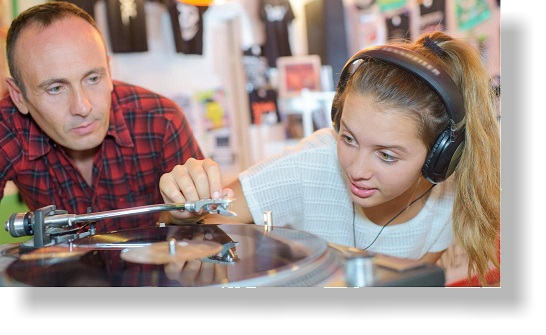
High-quality needle-drop tools with a precise linear analogue emulation of the RIAA network, phase-linear rumble filtering, distortion compensation and cartridge compensation. Includes a world-class click & pop filter and support for half-speed needle-drops.
Historic Equalisation Mode
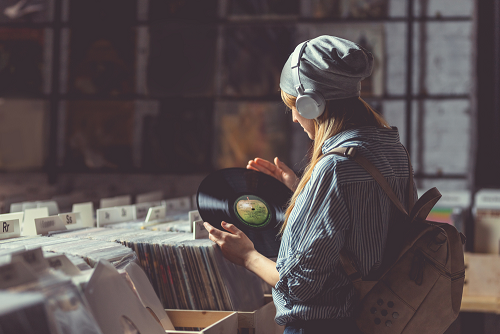
Comprehensive support for historic record equalisation curves (EMI 78, BSI, Decca, NAB, RCA, BBC transcription, Columbia, AES and more). Includes a unique de-crackle process that preserves high frequencies and the GRAδIENT surface-noise reduction.
CD Equalisation Mode

Accurate CD de-emphasis for files recorded with pre-emphasis (common on early CDs). Use this to correct harsh, strident rips and restore natural tonal balance.
Stereo Shuffling Mode
Stereo Shuffling restores and refines the original Blumlein-derived stereo image. Stereo Lab implements several historical shufflers and FRANCINSTIEN stereo correction systems for robust stereo enhancement.
Beyond Shuffling — FRANCINSTIEN T-Sym
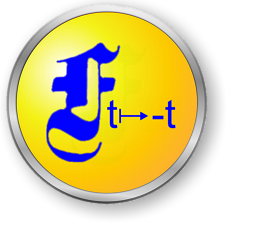
T-Sym is a third-generation, time-symmetric, phase-linear stereo correction that reconstructs the audio wavefront using non-causal filters — our flagship stereo enhancement only available inside Stereo Lab.
Headphones Mode

Includes Head Space (stereo?binaural HRTF + reverb) to simulate listening via speakers, and the ARIA 2.0 headphone folddown for 2-channel playback of surround upmixes.
Surround-sound Upmixing Mode
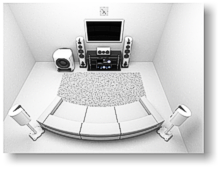
An adaptive PCA-based algorithm that converts stereo into convincing 5.1 upconversions without degrading the forward image. Outputs to multichannel files or sequences of stereo/mono files (.WAV, .AIFF, .FLAC).
Microphone Processing Mode
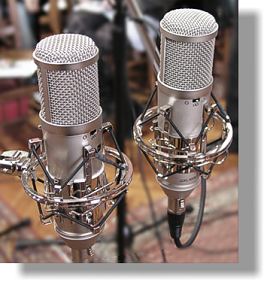
Implements Blumlein-shuffler emulation for near-spaced omnis and enhancements for coincident cardioid arrays so recordings keep low-end richness while improving imaging.
Loudness Processing (ITU BS.1770-3)

Loudness measurement and adjustment tools compliant with ITU BS.1770-3. Targets are programmable for TV, radio, mastering and archiving.
Quadraphonic Decoding Mode

Decodes all quadraphonic formats (and Dolby Surround) for multichannel replay and export. Supports a variety of output formats for archiving or re-encoding.
Tapes and Cassettes

High-quality Stereo UHJ decoding (multiple decoder options, including a 5.1 optimized decoder) for Ambisonic material such as Nimbus releases.
Digital Recovery Mode
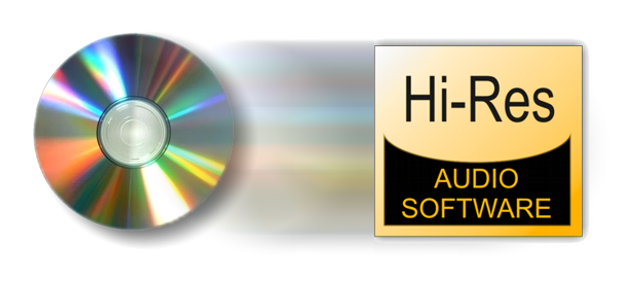
Includes Hi-Res upscaling (16?24-bit upconversion) and Un-limiting to reclaim dynamics from heavily limited digital tracks &mdash' restoring some of the original musical dynamics.
Noise Reduction Mode
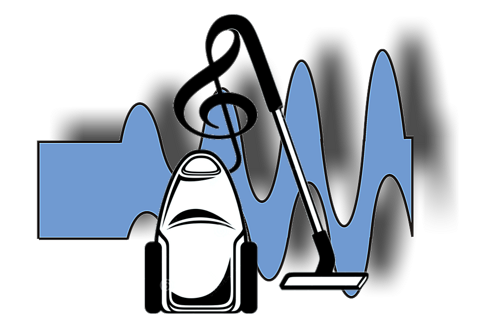
Software implementations of Dolby-B decoding, intelligent hum removal and cassette NR workflows: normalise first, then decode for optimal results on fragile tape sources.
Film & TV Mode

The Stereo Lab product offers support for analogue film and TV soundtrack work.
The app' offers equalisation, noise reduction, and decoding tools for film and TV work.
Help & Resources
Stereo Lab ships with comprehensive Help files covering operation, theory and historical background.

Links & Contact
Home page
Support
Sales: sales@pspatialaudio.com

© Pspatial Audio 2015 - 2025. All rights reserved.